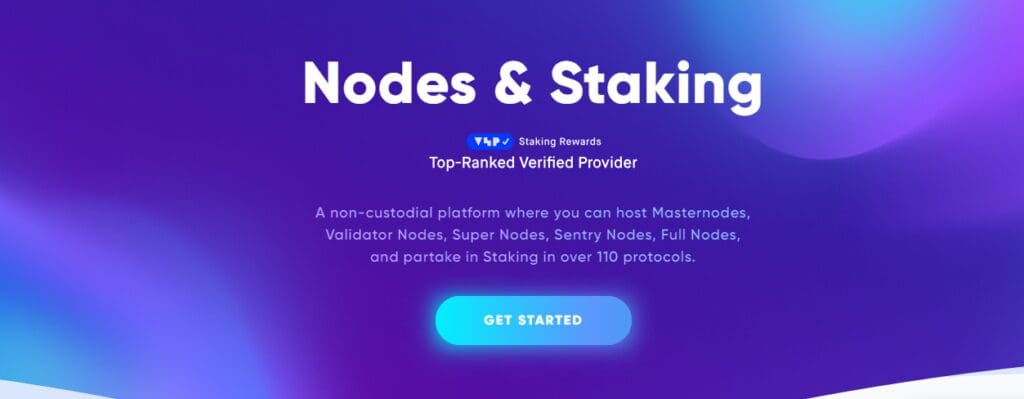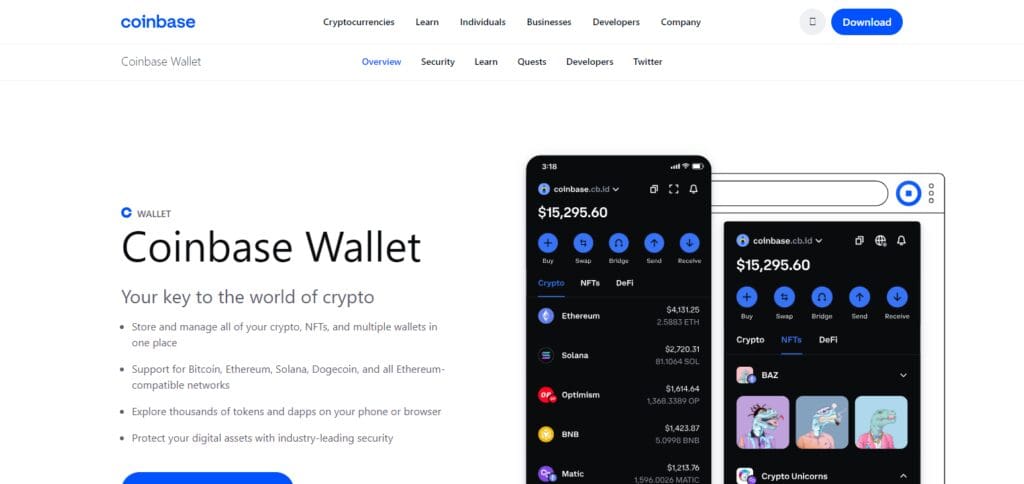In this article, I will discuss How to Invest in Staking Nodes, a profitable way to earn passive income by securing blockchain networks. Staking nodes allow investors to participate in proof-of-stake (PoS) systems
Earning rewards while supporting decentralization. I will guide you through the setup process, risks, benefits, and best practices for successful staking.
What Are Staking Nodes?
The staking nodes are designated servers that validate the blockchain transactions and host the networks using a proof-of-stake (POS) system. In exchange for collateral, node operators help secure the network and earn staking rewards.

Unlike standard staking in which tokens are delegated to a validator, operating a staking node requires advanced understanding, computation resources, and active participation in the network.
Widely known proof-of-stake blockchains like Ethereum, Solana, and Avalanche depend on staking nodes for decentralized and secured networks.
How To Invest In Staking Nodes?
Staking
Participating in blockchain networks that utilize Proof-of-Stake (PoS) or other consensus mechanisms can render dividends through dormant income generation, thus making staking nodes investing very opportunistic.
The following is an explainer on how to investing in staking nodes, with Ethereum (ETH) used in the example, step by step guide.
Step 1: Staking and Staking Nodes Concepts
The process of cryptocurrency being set aside to bolster the functioning of a blockchain network is referred to as staking.
A staking node is a computer or server that runs the relevant blockchain software and is involved in the staking activity. By running a node, you participate in the network and earn rewards.
Step 2: Choosing a Blockchain Network
Look into blockchain networks that have staking functionalities. Examples are Ethereum (ETH).

For this example we will choose Ethereum, which has already migrated to Proof-of-Stake (PoS) with the launching of Ethereum 2.0.
Step 3: Obtaining the Necessary Cryptocurrency
You will need to possess ETH in order to stake on Ethereum. The minimum amount of ETH you need to have in order to operate your very own staking node is 32 ETH.

Buy from trusted cryptocurrency sites such as Coinbase move your funds to a secure wallet.
Step 4: Create a Staking Node
Hardware Requirements
A personal computer or server with enough processing capacity, storage resources, and internet access.
Minimum specs: 4-core CPU, 16GB RAM, 2TB SSD, and a stable internet connection.
Software Requirements
You need to download and install some of Ethereum’s staking software first:
Execution Client (for example Geth or Nethermind)
Consensus Client (for example Prism or Lighthouse)
Validator Client (your staking activities will be managed through this).
Run the Node
Refer to Ethereum’s official documentation or guides to set up your node, then sync it to the blockchain. To avoid penalties (slashing), ensure your node is ever offline.
Step 5: Stake Your ETH
Put your 32 ETH in the Ethereum staking contract. Your ETH will be locked up while you earn rewards from staking (currently around 3-5% annually).
Step 6: Monitor and Maintain Your Node
You must regularly monitor the activity on your node to ensure its working properly.
Keep up with network changes and software upgrades.
Benefits of investing In Staking Nodes
Effortless Income Earning
Investors can passively earn rewards through the node’s staking SEO. Staking nodes offer passive income through consistent securing of a certain network at the start without the need for active trading.
Great Returns on Investment with Staking Coins
Operating a node often comes with better rewards than what is earned while simply delegating tokens to a separate validator since there are no fees associated with delegation.
Improves Blockchain Security
As a reward node operator, you also help secure the network and participate in decentralization, making the blockchain more secure against malicious activities.
Less Consumption of Energy
Staking nodes are preferred more in eco-friendly circles since unlike mining, which needs high energy usage, staking nodes use less energy.
Investment Appreciation Over Time
Certain blockchains on Proof of Stake offer ‘compounding returns’ which means profits earned can be withdrawn else reinvested for great profit.
Voting Power
Some nodes give staking rewards with governance enabling users to vote on blockchain features that pursue the interest of the network.
Risks and Challenges of Investing in Staking Nodes
Slashing Penalties
- Loss of staked funds can happen in certain blockchains such as Ethereum and Polkadot when a validator does not perform or goes offline. This is referred to as Slashing Penalties.
High Initial Investment
- Ethereum requires 32 ETH and Solana and Polkadot require technical hardware most of which need a high initial investment to setup a staking node. Additionally, staging nodes incur a major cost at first.
Technical Complexity
- A staking node can be maintained by anyone as long as they have the knowledge to server manage, install the required software, and install security updates. Without technical knowledge, maintaining can be complex.
Lock-Up Periods & Liquidity Issues
- Funds will be locked up in many blockchains for weeks or days due to the staking lock-up periods.
- For Ethereum, they have unstaking delays. Polkadot has a 28-day unbonding period. Cardano boasts no lock up periods and more flexibile unstaking opportunities.
Downtime and Missed Rewards
- **Penalties can apply** for a node going offline as rewards for validators decrease. Required for a validator is to remain online 24/7 to earn your staking reward.
Market Volatility
- Prices of native tokens are unstable inflicting price fluctuations when earned from staking rewards. Ultimately, this affects overall earnings as a drop in the token value reduces more earnings than it gains.
Security Risks
- Funds can be lost without careful implementation such as hacks, mis configuring or malware.
- Appropriate server security and wallet security are very important.
Inflation Dilution
- Some networks experience elevated token inflation, where staking awards will not be enough for outpacing yields due to increases in supply.
Tips for Successful Staking Node Investment
Pick Trusted Blockchains – Well-known blockchains such as Ethereum or Solana have the required reward benefits and a safe slashing rate.
Utilize High Utility Equipment – Ensure no downtime and stable internet at all times to avoid incurring penalties.
Comprehend Fee Structures – Make sure to check the validator’s commission, APY, and unstaking conditions prior to committing.
Never Overlook Safety – As with any technology, ensure to keep any software up to date, enable two-factor authentication, and use cold wallets.
Consistency Is Key Monitor Rewards and Uptime – Keep track of node uptime and rewards using various available tools like blockchain explorers.
Staking Investments Should Never Be Concentrated – To mitigate losses, stake across multiple chains.
Get Regular Updates On The State Of The Network – Make sure to keep track of governance updates and other protocol changes.
Use Staking Pools as You Learn – These are much easier to utilize than running a node.
Conclusion
To summarize, staking nodes are a profitable investment opportunity, but one comes across the basic trade-off that comes with achieving the largest ROI possible.
Beginners can opt for staking pools and liquid staking, which provide much easier options. As with any investment, opting for active and informed participation guarantees the most rewards, irrespective of the starting point.










